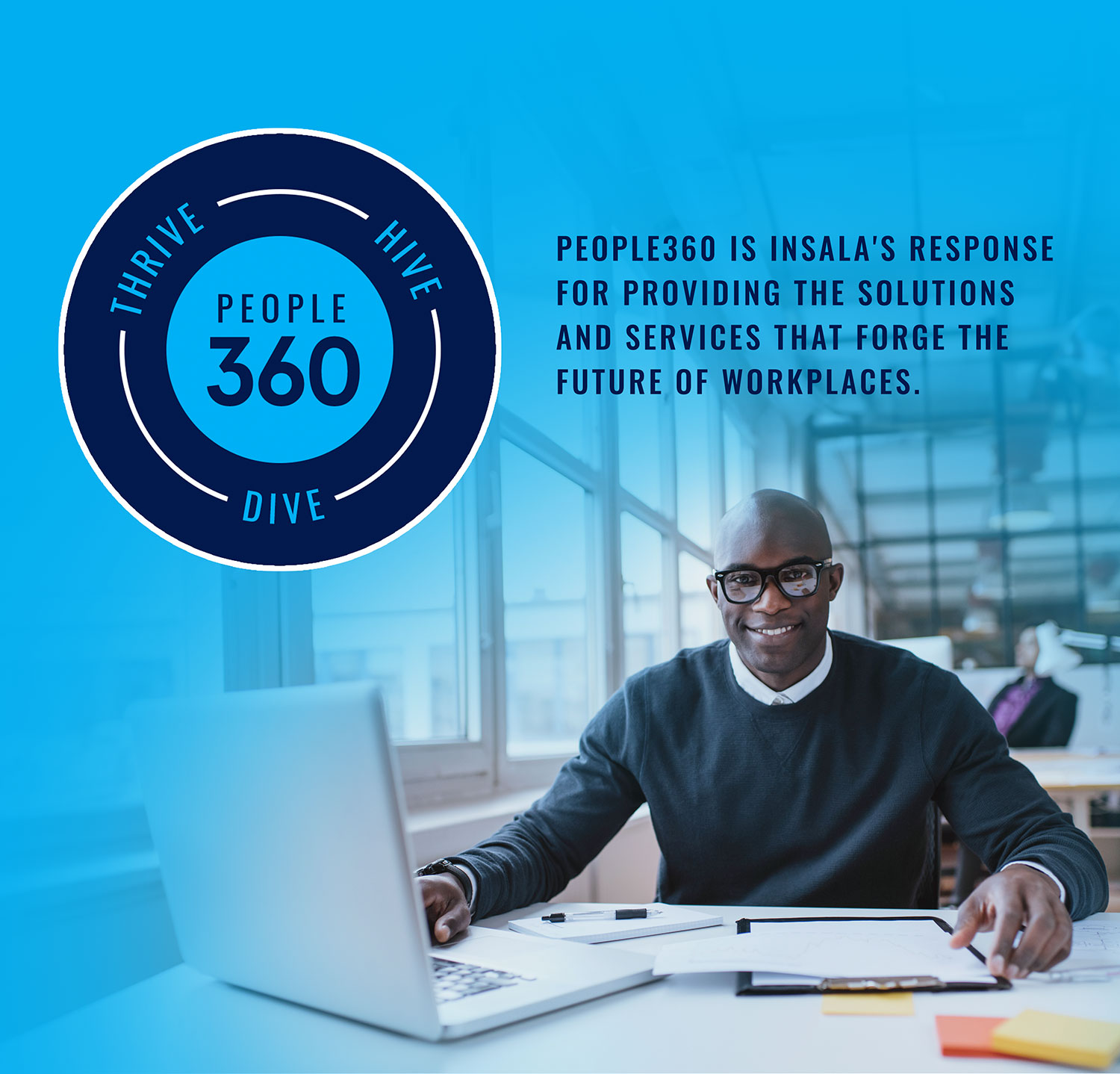Top 5 Benefits of Utilizing Predictive People Analytics
The modern workforce has a hidden potential buried deep within your organization. Similar to the insights you gain from your customers to assess how well your organization is serving their needs, this same information is held within the data of your workforce. You can unlock this valuable insight by utilizing predictive people analytics.
Predictive people analytics is a machine learning technique that uses metrics, algorithms, and analysis to predict future events based on past events. It has been used in HR for years, from predicting which employees should be targeted for training to predicting the success rates of job applicants.
While there are many benefits of using data to tap into the potential of your workforce, utilizing predictive people analytics allows you to:
- Support diversity, equity, and inclusion
- Increase talent retention rates
- Improve talent recruitment and hiring
- Strengthen workforce planning
- Enhance learning and development effectiveness
5 Benefits of Utilizing Predictive People Analytics
Without using predictive people analytics, you run the risk of missing valuable trends and insights that can make a big difference in your organization's company culture, public opinion and bottom line.
- Support diversity, equity and inclusion
Nearly 80% of employees state that they want to work for an organization that values diversity, equity and inclusion. With this representing the majority of the workforce, it is important that organizations listen to their concerns and improve decision making for hiring practices.
HR leaders have struggled in recent years to take a proactive and predictive approach to building a diverse and inclusive workforce. They realize that they must provide critical insights into their workforce and inform strategic decision-making to fill DEI gaps while building a balanced company culture.
By utilizing predictive people analytics, HR leaders can identify relevant workforce trends and determine how specific events will impact diversity at their organization. With these valuable predictive analytics organizations can implement the right diversity strategies to…
- Reduce unconscious bias
- Identify existing diversity gaps
- Eliminate biases during recruitment
- Build an equitable compensation plan
- Increase talent retention
Employee retention is top of mind of many companies, however, more than 50% of organizations report that retaining their top talent is difficult. With predictive analytic modeling, you can establish metrics that can identify behaviors of employees at risk of leaving your organization. These metrics might include:
- Number of absent days
- Tardiness
- Low performance review rating
- Level of employee engagement
By compiling the results of these metrics and determining how company changes may affect them, you can identify the individuals that are at risk of leaving. This gives you the opportunity to proactively address these issues and create impactful strategies to increase retention.
- Improve talent recruitment and hiring
Using historical data to identify patterns and trends in your hiring practice can help you make informed decisions about new hires. With the use of predictive analytics, organizations can build an efficient recruitment funnel through algorithms that identify quality candidates and predict which individuals will be successful in a specific role.
With the use of predictive analytics, HR professionals can enhance recruitment processes to...
- Identify the right candidates for open positions
- Make quicker, more relevant offers to candidates
- Know the quality of hires by talent source
- Provide a better hiring experience
Having this enhanced process in place is especially important during times of labor shortage, as qualified candidates tend to be hired very quickly.
- Strengthen workforce planning
In order to accurately plan for the future, you need to leverage historical data to guide you to make the right decisions. Predictive analytics helps organizations gain insight into how effective your current workforce plan is from that data and adjust based on results.
In a recent PwC survey, 70% of CEOs stated that the “availability of key skills” was a top threat to their organizations. With predictive analytics, you can identify the candidates with the right skills to fill talent gaps. You can strengthen workforce planning with predictive analytics in these two ways:
- Have the right number of employees in the right roles
- Achieve necessary performance levels for success
- Enhance learning and development effectiveness
A good learning and development program can be the difference between retaining your top talent and high turnover rates. These programs need to be meaningful to participants, but how do you know that your organization’s efforts are effective?
Oftentimes learning and development efforts fall flat because business objectives do not align with individuals’ needs. Using people data will allow you to customize these programs by identifying necessary skill gaps to give your employees the development that they need to be successful in specific roles.
In the past, collecting, understanding, and implementing strategies based on people data was a difficult task. Now, with predictive analytics, it’s been simplified, and organizations can achieve more benefits and make better decisions to ensure their workforce is balanced and meeting business objectives.
To learn more about using Predictive People Analytics to drive evidence-based workforce decisions, book a demo today.





